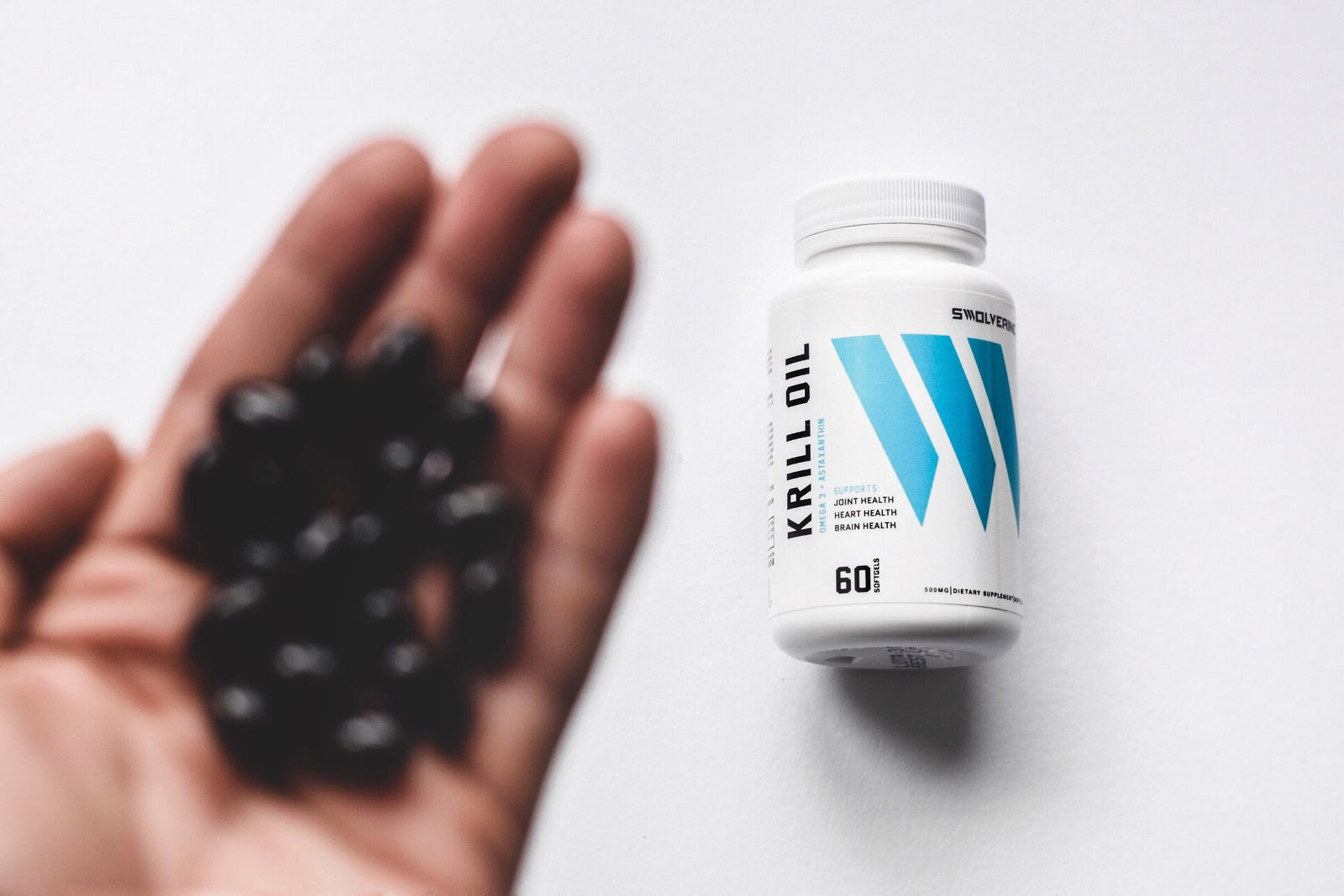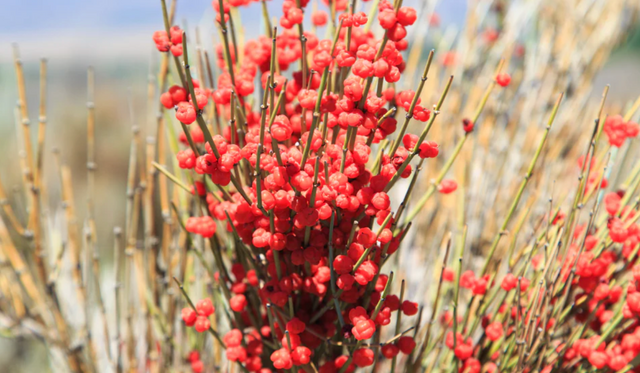Astaxanthin Foods: Nature’s Most Powerful Antioxidant and Where to Find It
Introduction
You’ve probably heard of antioxidants like vitamin C, vitamin E, or even beta-carotene—but what if we told you there’s one antioxidant that’s up to 6,000 times more powerful than vitamin C and 550 times more potent than vitamin E?
Enter astaxanthin—a naturally occurring carotenoid pigment responsible for the vibrant red-orange hues in certain seafoods and microalgae. Known for its potent antioxidant and anti-inflammatory effects, astaxanthin-rich foods are quickly gaining traction in the health and wellness world.
In this article, we’ll explore what astaxanthin is, how it works, and—most importantly—which foods to eat to get it naturally. If you're looking to reduce inflammation, boost skin health, or support your endurance and heart, this is one nutrient you won’t want to overlook.
What Is Astaxanthin?
Astaxanthin (pronounced as-ta-zan-thin) is a carotenoid, a type of pigment found in certain marine organisms. It belongs to the same family as beta-carotene and lutein but stands out due to its unique structure and superior antioxidant capacity.
Naturally occurring in microalgae and the creatures that feed on them, astaxanthin gives salmon, shrimp, lobster, and flamingos their pinkish-red color.
Unlike some carotenoids, astaxanthin is lipophilic, meaning it dissolves in fat—allowing it to integrate easily into cell membranes where it neutralizes free radicals and protects cells from oxidative stress.
How Astaxanthin Works
Astaxanthin is a potent antioxidant that neutralizes reactive oxygen species (ROS) and prevents lipid peroxidation—the process that damages cell membranes, DNA, and proteins. Its unique molecular structure allows it to span the entire cell membrane, providing complete antioxidant coverage inside and out.
In addition to its antioxidant properties, astaxanthin:
-
Crosses the blood-brain and blood-retina barrier, making it effective for eye and brain health
-
Modulates inflammatory markers, reducing chronic inflammation
-
Supports mitochondrial function, enhancing cellular energy production
-
Protects against UV-induced skin aging
“Astaxanthin has demonstrated protective effects against oxidative stress-related diseases, including neurodegeneration, cardiovascular disease, and aging.” — Ambati et al., Marine Drugs (2014)
Where Astaxanthin Comes From
Astaxanthin is produced primarily by microalgae, especially Haematococcus pluvialis—a freshwater algae species that synthesizes astaxanthin as a defense mechanism against UV light and environmental stress.
This pigment accumulates in marine animals that feed on these algae:
-
Krill
-
Salmon
-
Trout
-
Lobster
-
Shrimp
-
Crab
Farmed salmon are often fed astaxanthin-rich feed to mimic the nutrient profile (and color) of their wild counterparts.
The Benefits of Astaxanthin
✅ 1. Powerful Antioxidant Protection
Astaxanthin is considered one of the most potent natural antioxidants, reducing oxidative damage and neutralizing free radicals more effectively than other carotenoids.
“Astaxanthin is up to 6,000 times more powerful than vitamin C and 550 times more potent than vitamin E in quenching singlet oxygen.” — Nishida et al., Carotenoid Science (2007)
✅ 2. Supports Skin Health
Astaxanthin helps reduce UV-induced damage, improves skin elasticity, and supports collagen integrity, making it popular in beauty and anti-aging supplements.
✅ 3. Boosts Eye & Brain Function
Its ability to cross the blood-brain and blood-retina barriers allows astaxanthin to support cognitive performance and visual acuity.
✅ 4. Improves Exercise Recovery
By combating oxidative stress and inflammation, astaxanthin enhances endurance, muscle performance, and post-workout recovery.
✅ 5. Supports Heart Health
Astaxanthin has been shown to reduce LDL oxidation, improve blood lipid profiles, and support vascular function.
Foods Rich in Astaxanthin
To naturally boost your intake, include these astaxanthin foods in your diet:
| Food | Astaxanthin Content (approx.) |
|---|---|
| Wild Salmon (esp. Sockeye) | 4–5 mg per 6 oz serving |
| Krill | 1–1.5 mg per gram (in oil) |
| Red Trout | ~3–4 mg per 6 oz serving |
| Shrimp | 1–2 mg per 3 oz serving |
| Lobster | 1–2 mg per serving |
| Crab | 0.5–1 mg per serving |
Note: Wild-caught seafood typically has higher astaxanthin levels than farm-raised varieties unless artificially supplemented.
How to Incorporate Astaxanthin Foods Into Your Diet
Looking to get more astaxanthin from real food? Here are some easy ideas:
-
Grill wild sockeye salmon with lemon and herbs for dinner
-
Add shrimp to a citrusy salad or stir-fry
-
Snack on lobster tacos or crab cakes
-
Make a seafood chowder with trout or shellfish
-
Add krill oil to your daily supplement routine if you don’t eat much seafood
Pair astaxanthin-rich meals with healthy fats (like olive oil or avocado) to improve absorption.
Supplements With Astaxanthin
If seafood isn’t a regular part of your diet, or you want to ensure a consistent intake, supplements are a convenient alternative.
Top Supplement Sources:
-
Krill Oil – Contains omega-3s + astaxanthin
-
Astaxanthin Softgels – Derived from Haematococcus pluvialis
-
Algae-Based Multis – Combine antioxidants with plant omegas
Choose a supplement with 4–12 mg of astaxanthin per serving from a reputable brand that uses natural algal sources.
Astaxanthin Dosage
There’s no universal RDA, but studies suggest:
| Goal | Suggested Daily Dose |
|---|---|
| General antioxidant support | 4–6 mg |
| Skin and eye health | 6–8 mg |
| Athletic recovery/performance | 8–12 mg |
| Therapeutic support | Up to 16 mg |
Best taken with a fat-containing meal for optimal absorption.
Side Effects and Risks
Astaxanthin is generally safe and well-tolerated, but potential side effects may include:
-
Skin pigmentation shifts (in very high doses)
-
Hormonal changes (due to its lipid activity)
-
Allergic reactions (especially for those with shellfish allergies)
-
Gastrointestinal upset (in sensitive individuals)
As always, consult your doctor if pregnant, nursing, on blood thinners, or managing a chronic condition.
The Powers Of Astaxanthin With Swolverine Krill Oil
Astaxanthin is more than just a pigment—it’s a cell-protecting, inflammation-fighting, performance-boosting powerhouse. From enhanced skin health and cognitive support to improved exercise recovery and heart function, its benefits are wide-reaching and well-supported by science.
While you can get astaxanthin through natural food sources like wild salmon, shrimp, and crab, the most consistent and concentrated source comes from supplementation—especially when dietary intake falls short.
If you're looking to level up your daily antioxidant protection, Swolverine's Krill Oil delivers a potent dose of natural astaxanthin, along with omega-3 fatty acids EPA and DHA for joint, heart, and brain support. Sustainably sourced and clinically dosed, it's a simple, high-impact addition to your routine.
👉 Fuel your recovery, fight inflammation, and support your performance with Swolverine Krill Oil—real results, backed by real science.







